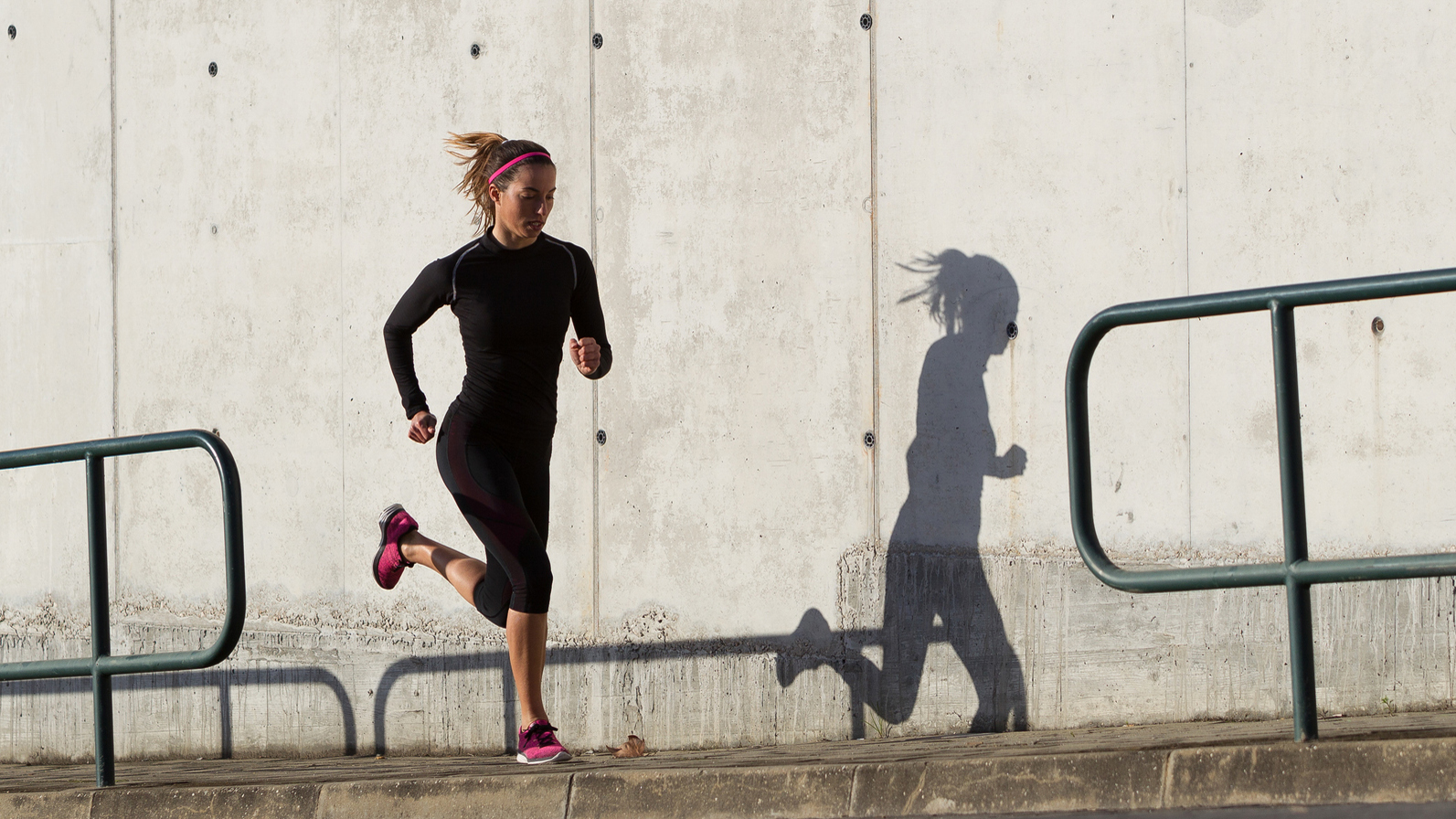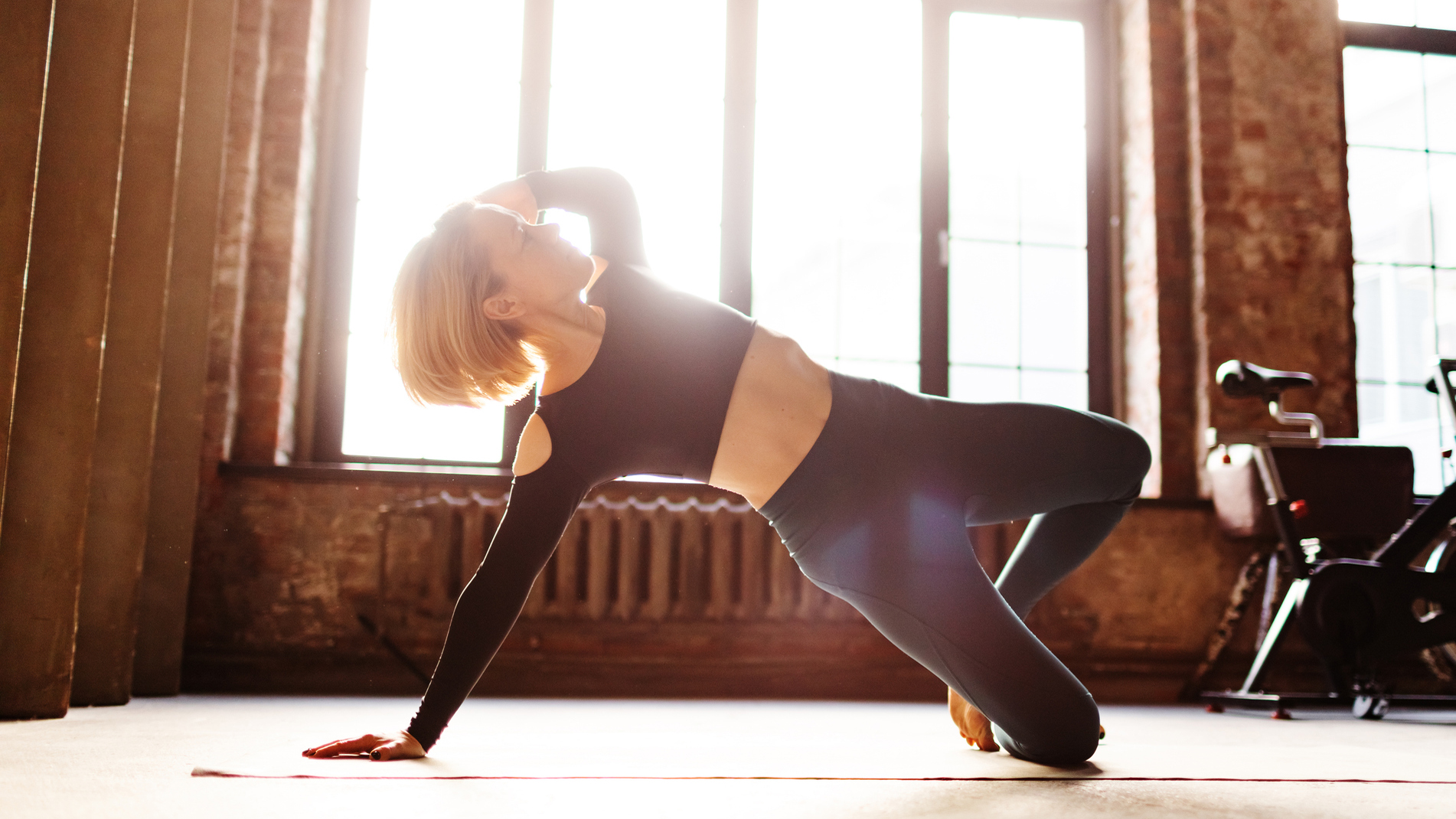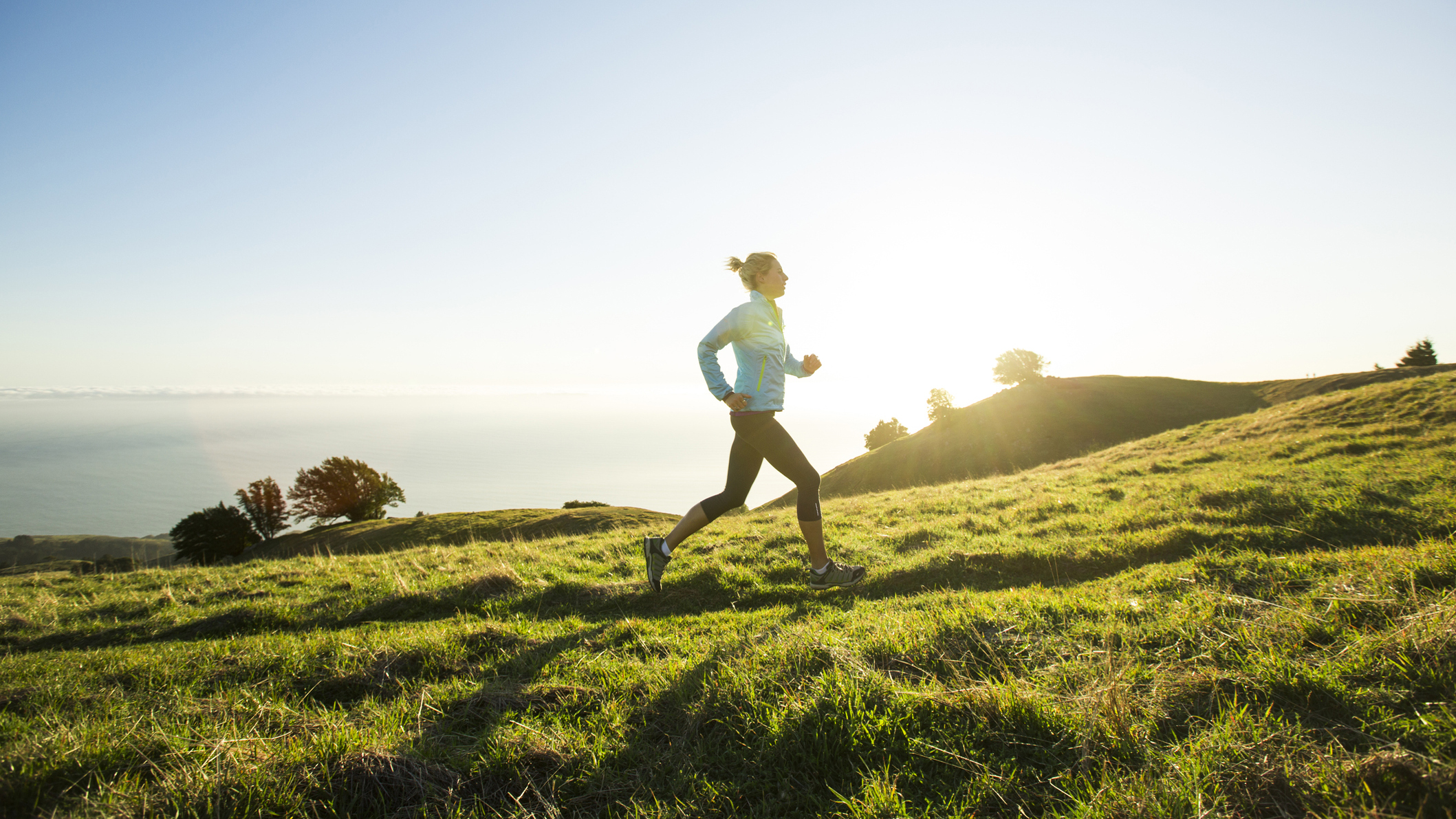
When I tell people I’m really slow at walking or running uphill they don’t believe me. I’m an ultra runner who enjoys running and hiking over mountains, so people assume I am being self-deprecating.
That was until I did a five-day 250km race in Tanzania. On the final day, I was near the front of the pack, hammering along the flat, feeling strong despite four days of ultra running. But when we hit a 1000m climb over a gnarly hill, other runners streamed past me. I had plenty of energy and wasn’t out of breath, but my legs didn’t have enough power. Within 500m I was very much back of the pack. Even the walkers started overtaking me.
"See," I said to my running partner. "I’m rubbish at hills."
Once we reached the top, I scrambled down fairly quickly and when we hit the bottom I pulled away, overtaking many of the runners who had taken me on the hill. Even after 250km, I was able to manage a sprint finish.
The problem: Glute activation
Hills have always been a problem for me and I have been going to a personal trainer for years to try and fix this, practicing some of the best glute exercises like weighted squats and lunges.
As most runners will attest, we are often told our glutes are weak (and we overcompensate with our hamstrings, quads or calves). Even though running uphill can rely on the quads and calves more, having strong glutes is an extra power boost.
A running coach had previously advised me to increase my VO2 max on the flat first to build my lung capacity to tackle the hills. But my lungs weren’t the problem. I wasn’t out of breath when running uphill, I just had no power.
It wasn’t until I saw soft tissue therapist Will Goodbourn who specializes in biomechanics that I identified the issue. It wasn’t that my glutes weren’t strong enough, the problem was they weren’t firing. At all. Compound exercises in the gym are all well and good but they don’t teach us how to engage our glutes when we need to.
Rather than building more glute strength, I needed to activate them to work in the first place. He gave me a set of exercises to help fire up the glute muscles and asked me to do them every day. I did the workout for 10 weeks and was very surprised at the results.
The fix: Four simple exercises

1. Prone glute squeeze
This is a good benchmark exercise to begin with because it’s a simple gauge of how much your glutes are moving. If, like mine, yours don’t move, you’ll know they are not firing.
How to do it: Start by lying flat on your stomach with your arms by your sides. Then place one hand on your right buttocks. Slowly tighten your right buttocks muscle and hold the position for a couple of seconds. Your hand is a sensory guide to tell if the muscle is moving or not. Repeat this for one minute and then do the same with the left buttocks and left hand. Over time you should notice your buttocks moving more and you’ll be able to do this exercise while seated.
2. Banded clamshell
This was a great exercise for activating my glutes and I could really feel it in the centre of my buttocks.
How to do it: Start by lying on your side and loop a resistance band around your thighs just above the knee. Bend your knees and then raise the top knee, keeping your ankles together. Do not lift your heels. Lower your knee, and repeat.
I started with 10 slow reps to warm up the muscles, before doing it as quickly as possible to the point of exhaustion, as advised by my therapist. In the beginning, I could only do 10 quick reps, but by the end of 10 weeks, I had reached 30 quick reps on both sides.
3. Side plank bent knee pull back
This is a variation on the side plank that works the glute.
How to do it: Begin by lying on your side with your knees bent underneath you. Lean on your elbow and have the other arm resting on your outside thigh. Make sure your hips are high off the ground. Straighten the top leg and lift it upwards, then move it backwards away from your body. Bring the leg back towards you and then lower it onto the bent knee. Start with five reps and then switch to the other side. Gradually increase the amount of reps every few days.
4, Resisted hip flexor
Technically this is a hip stretching exercise but it has a direct impact on the glutes. Shortened hip flexors can cause your glutes to become lengthened meaning they can’t contract as readily. By stretching your hip flexors your glutes will be able to work more efficiently.
How to do it: To do this exercise lie on your back with your knees bent so your legs are at a right angle. Place a resistance band around the soles of your feet. Slowly lower one foot to the floor, while keeping the other foot raised. Bring your foot back up to the start position and then lower the other foot. Repeat to the point of exhaustion. I began with 10 reps on each leg, reaching 30 over 10 weeks.
The result: Faster up-hill run times

To measure my progress I decided to use a grassy hill in a cow field behind my house. There is a 400m stretch from the gate at the bottom of the hill, to the gate at the top. It is mostly a 12% gradient and covers 110m of elevation. This makes it runnable but challenging.
I did a benchmark attempt up the hill before starting the exercises and I struggled to run the whole stretch. It took me 02:31 despite being fit and running at least 50km a week.
I kept my running distance fairly steady through the 10-week glute exercise program to minimize variables. I tried the hill again after five weeks of doing the exercises. About three-quarters of the way up the hill my quads were burning wildly and I was starting to wheeze. My speed dropped dramatically. I consciously tried to think about my glutes and engage them, and I think I could feel them working. Despite feeling a little despondent I made it to the top gate in 02:17. Fourteen seconds faster. I was making progress.
My final attempt was at the end of week 10 and admittedly it was at the end of a 10km run including 20 minutes of speed work. There was also a fairly breezy crosswind, so I wasn’t convinced I was going to be any faster. But this time something was different. My legs didn’t burn at all, and it was my lungs restricting my speed.
I touched the top gate and was shocked to see my watch say 01:49. I had knocked a further 28 seconds off my time. My glutes were activated, engaged, and working!
Now that my glutes are finally firing I have added 45-minute gym sessions into my training twice a week, to help strengthen them further. But I still do the above exercises three or four times a week to ensure they keep doing their job.
Need some tips on how to get started with running? Our running plan for beginners can help







